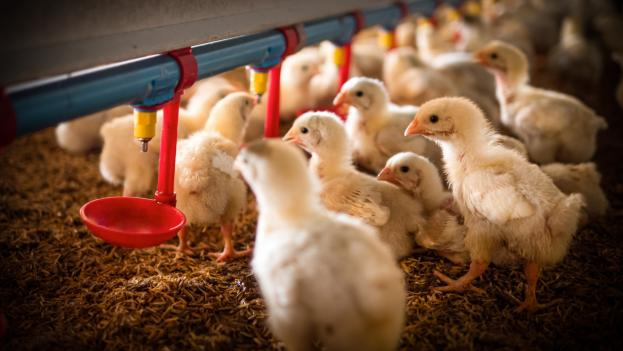The global outbreak of the highly pathogenic avian influenza (HPAI) virus H5N1, which began in 2020, has continued to raise alarm among health officials and experts. Recent developments have highlighted the virus's ability to cross the species barrier and infect not only poultry and wild birds, but also mammals, including humans.
One of the most concerning events was the first reported case of H5N1 infection in a human with no known animal exposure. In September 2024, the Centers for Disease Control and Prevention (CDC) confirmed the infection in a Missouri resident who was hospitalized and has since recovered. This case, detected as part of the state's routine flu surveillance, underscores the potential for the virus to spread to humans through unknown means.
Historically, human cases of H5N1 have been rare, with the virus typically transmitted through close contact with infected poultry. However, the recent outbreaks among dairy cattle in the United States have raised additional concerns. A study published in Nature has provided evidence of efficient and sustained transmission of H5N1 between cows, as well as from cows to other mammals, such as cats and raccoons. This finding suggests that the virus may be adapting to better infect and spread among mammals, including humans.
The ability of H5N1 to infect and spread within mammalian populations is particularly worrying, as it increases the risk of the virus mutating in a way that could lead to more efficient human-to-human transmission. Experts have long considered H5N1 a pathogen of pandemic potential and the recent events have only heightened these concerns.
To mitigate the risk of H5N1 spreading to humans, several prevention measures are essential. Public health authorities recommend strict biosecurity protocols in poultry farms, including regular monitoring of bird health and immediate reporting of unusual deaths. Vaccination of domestic birds also reduces transmission rates. Additionally, educating the public about avoiding contact with sick birds and implementing measures to limit exposure in high-risk areas are crucial steps.
As the situation continues to evolve, global health authorities are closely monitoring the virus's behavior and its potential to adapt to human hosts. Immediate and coordinated action is crucial to prevent the H5N1 virus from gaining a foothold in the human population and potentially triggering a devastating pandemic.
